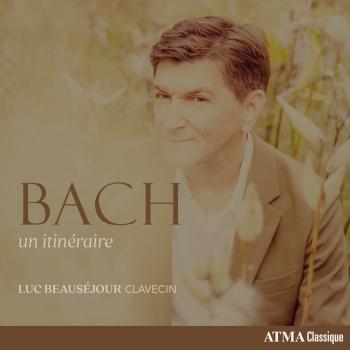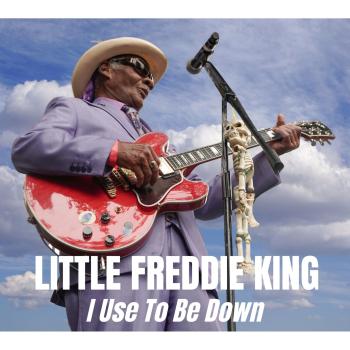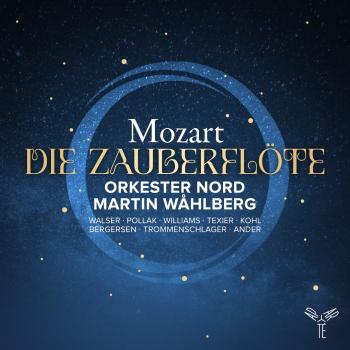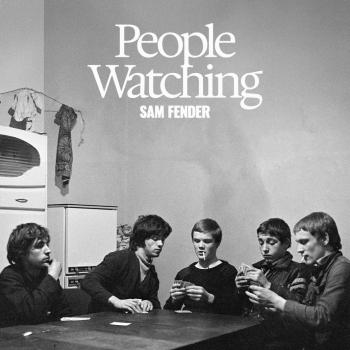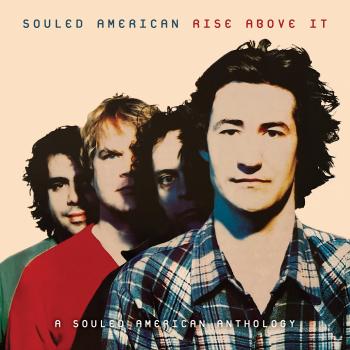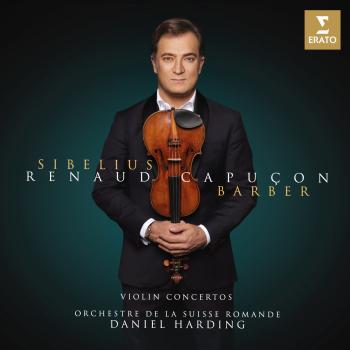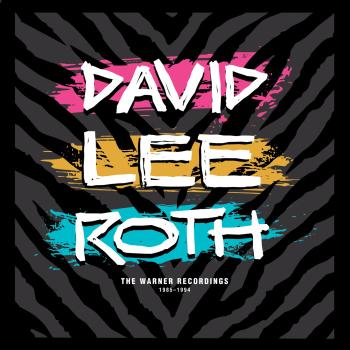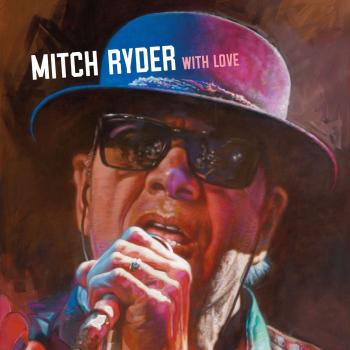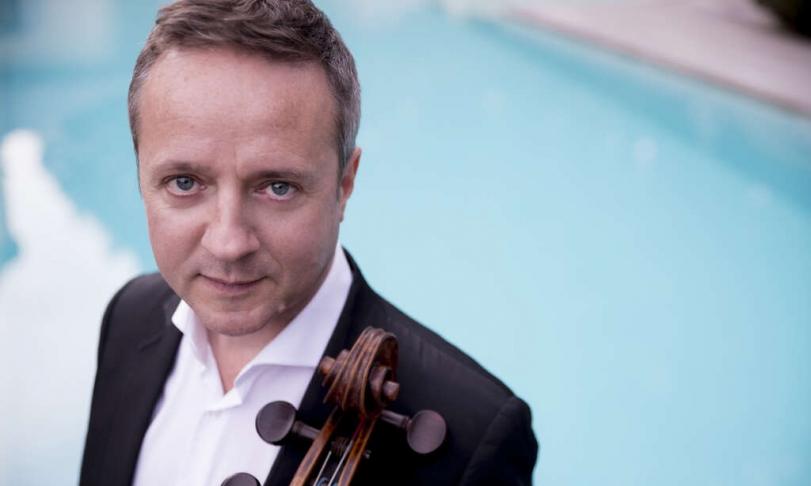
Strasbourg-born cellist Marc Coppey has teamed up with Hungarian violinist Barnabás Kelemen and Israeli pianist Matan Morat for this Kodály album, produced by the audite and recorded in the fall of 2020 at the KulturKirche Nikodemus in Berlin, whose acoustics are tailor-made for chamber music and are also used for public concerts. Zoltán Kodály, born in 1882, met his compatriot Béla Bartók during his student years, and the two were united by the idea of exploring Hungarian music at its roots through the repertoire of the rural population of the then Hungarian regions of the Danube Monarchy. As can be read in detail in the booklet of this album, both composers recorded songs and dances of the peasant societies with a wax cylinder phonograph in order to create a comprehensive edition of Hungarian folk music. Kodály saw in folk music, with its tonal systems and rhythms that differed from "art music," the chance to give his own music a distinctive, "national" signature.
Kodály produced the Cello Sonata op. 4, an astonishingly mature work in a highly energetic style, reminiscent of the style of Claude Debussy with innovative color effects and the influence of Far Eastern music. The cello sonata was correspondingly successful in Paris in 1910, where it was premiered at the "Festival Hongrois". In the first movement, a "Fantasia", the programmatically new style of the Hungarian composer is set in notes, using superimposed fourths as a typical characteristic of Hungarian folk music. In a flexible dialogue, the cello and piano continually play new expressive spheres to each other instead of developing themes in the classical manner. The second and last movements reflect Hungarian dances that Kodály and Bartók had recorded or notated by the dozen on their research trips.
In the Duo op. 7, Kodály again draws on the tonality of Hungarian folk music, but without completely abandoning the conventional sonata form. The tragic tone chosen for the interior movements appears briefly at the beginning of the last movement, but is then replaced by a pithy humor expressed by both string instruments in a joyous contest. Written after World War I, the Solo Sonata, Op. 8, reflects Kodály's state of mind during the war. The grand gesture of the opening, followed by the main motif with double stops and trills leading to dizzying heights will challenge the performer's creative power and virtuosity as well as in the last movement with ecstatic driving dance rhythm. Dissatisfied with the first movement of his later cello sonata, Kodály left this work unfinished and left it as a one-movement sonatina for cello and piano. Hungarian through and through, it has echoes of contemporary French music.
Cellist Marc Coppey, most recently internationally acclaimed for his recording of Dmitri Shostakovich's cello concertos for the audite label, plays challengingly direct in the solo sonata, with intensity that jumps out at the listener, and allows the sonatina to blossom in all its beauty. Matan Porat on piano and Barnabás Kelemen on violin, both masters of their craft, expand the sound world of Marc Coppey's formidable cello playing in the spirit of the Hungarian composer in terms of color and rhythm, so uniquely shaped by the roots of Hungarian folk music.
Marc Coppey, cello
Matan Porat, piano
Barnabás Kelemen, violin

